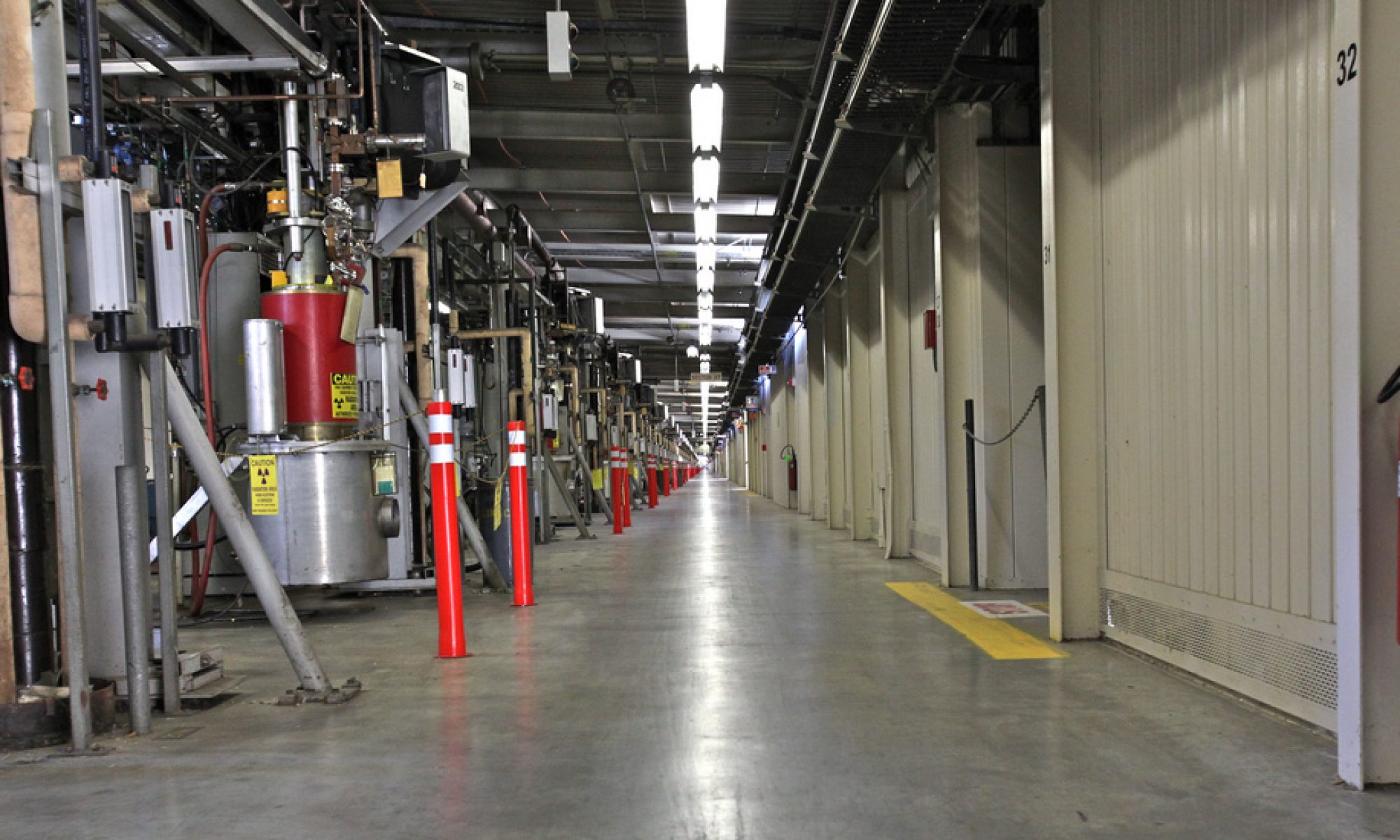I am in the process of becoming a faculty member at Southern Methodist University. Well, to be fair, I am a faculty member; that was a digital title change that happened on Aug. 1. What I mean is that I am in the process of settling into faculty life at SMU. This involved a lot of paperwork: setting up healthcare, retirement, and other benefits, filling out faculty information forms, setting up computing accounts, etc. It was a slow roll-out over the week.
The benefits paperwork got done almost entirely in Monday, which led to me getting entered into the payroll system at SMU. This was followed by the choice of one of two offices in the physics department; I chose the basement office, and Jodi took the first floor office. My office is right by a main entrance to the Fondren Science building, so there can be times of traffic during during the day. But I like being in a higher traffic area; I can litter my door with physics propaganda, from recent results to magazine articles touting the benefits of particle physics.
Computing accounts, particularly the main SMU accounts, took a little longer. The highlight of the computing setup was gaining access to our newly expanded SMU high-performance computing cluster, which I intend to stress-test over the next week.
I got my books unpacked and setup my furniture, started thinking about other furniture needed for my office (like a working chair), went to SMU surplus and tagged a whiteboard for my own (thanks to Jodi for helping me with that!). Next week, the grant writing will start again full force. The bread and butter of faculty life – teaching – won’t start for me until second semester. Still, I am eager to meet students and sit in on classes. I am eager to feel more like a faculty member in the SMU community.
